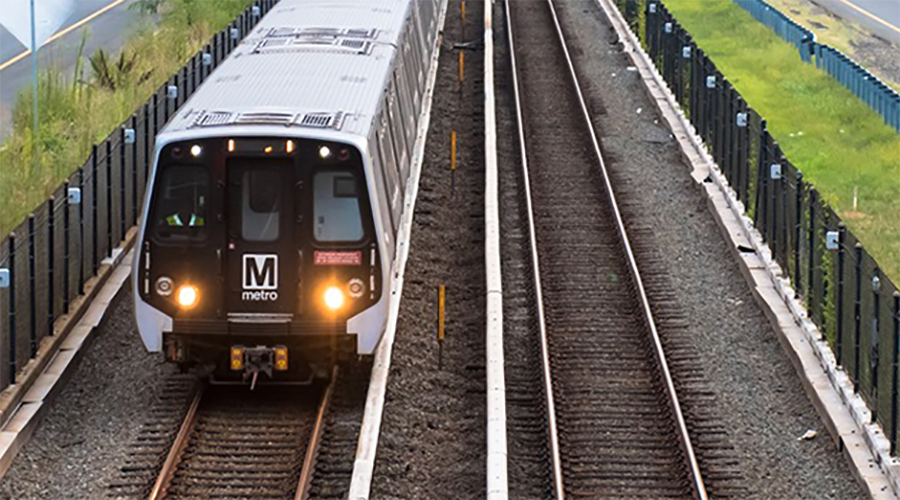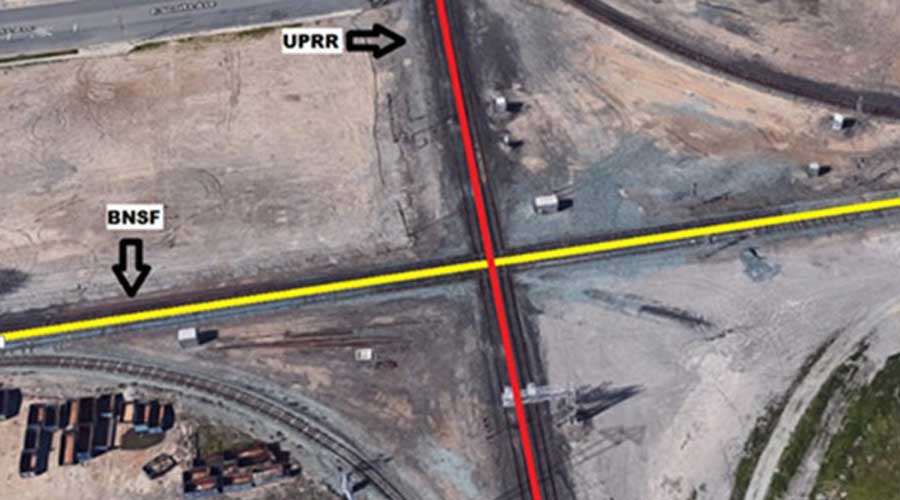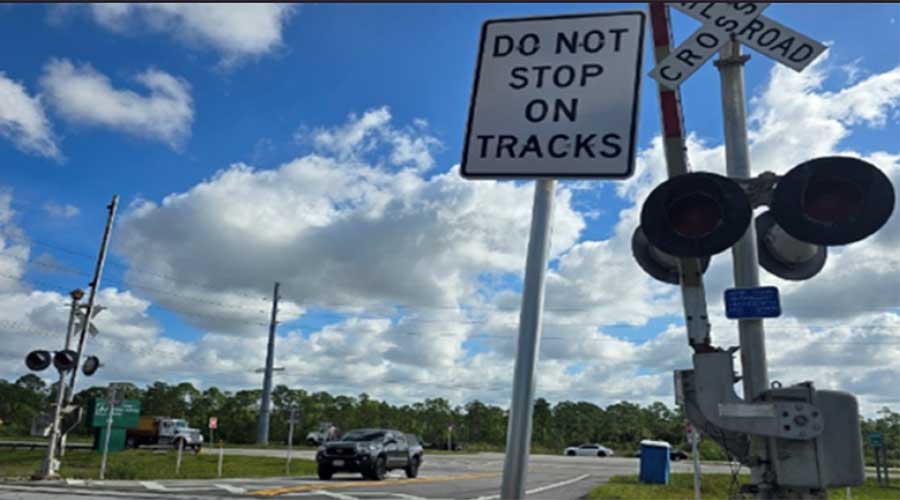Newsletter Sign Up
Stay updated on news, articles and information for the rail industry
Stay updated on news, articles and information for the rail industry
RAIL EMPLOYMENT & NOTICES
Rail News Home
High-Speed Rail
Rail News: High-Speed Rail
9/3/2009
Rail News: High-Speed Rail
Northeast governors renew commitment to, outline plans for HSR development
advertisement
On Aug. 31, 11 Northeast governors sent a letter to U.S. Transportation Secretary Ray LaHood renewing their commitment to collaborate and coordinate the planning, development and implementation of state and regional initiatives to improve high-speed rail (HSR) and intercity passenger-rail service in the Northeast. The governors also outlined their current and future plans to foster HSR and intercity passenger-rail development.
The governors of New York, Rhode Island, New Jersey, Connecticut, Delaware, Maine, Maryland, Massachusetts, New Hampshire, Pennsylvania and Vermont, along with Washington, D.C., Mayor Adrian Fenty, reiterated their Vision for Rail in the Northeast, which first was outlined in 2008.
The vision calls for developing a Northeast Rail Network that comprises the:
"Our shared vision seeks to integrate passenger rail into the broader, multi-modal transportation system to make rail an even more significant contributor to improved mobility, economic competitiveness, community revitalization, environmental quality and energy security,” the governors said in the letter.
The Northeast states worked together and with Amtrak to develop applications that were submitted to the Federal Railroad Administration in late August for the High Speed Intercity Passenger Rail (HSIPR) program under the American Recovery and Reinvestment Act. The departments of transportation for the 11 states worked together — facilitated by the Coalition of Northeastern Governors (CONEG) — to coordinate the multi-state work associated with the development of HSIPR applications; assess the projects, programs and plans with particular importance to the entire network; and provide guidance to ensure that the states’ applications are coordinated across the corridor segments and consistent with the governors’ rail network vision.
In addition, all Northeast states and the District of Columbia are working with Amtrak to develop a Northeast Corridor Infrastructure Master Plan, which identifies current and future service plans and infrastructure needs that encompass all users of the Northeast Rail Network.
Going forward, the Northeast governors will work through CONEG to create a regional Northeast Rail Network Task Force, comprising a representative from each state. Each state will be responsible for HSIPR-related work done within its respective state and related coordination with the affected host railroads and operators. States may also develop joint agreements for individual projects and corridor segments. The task force will ensure that subsequent HSIPR applications are coordinated, and encourage and facilitate coordination and communication to ensure timely progress of corridor initiatives.
The task force will regularly report to the Northeast governors on the status of HSIPR initiatives and any issues associated with multi-state coordination of applications and their implementation.
The governors of New York, Rhode Island, New Jersey, Connecticut, Delaware, Maine, Maryland, Massachusetts, New Hampshire, Pennsylvania and Vermont, along with Washington, D.C., Mayor Adrian Fenty, reiterated their Vision for Rail in the Northeast, which first was outlined in 2008.
The vision calls for developing a Northeast Rail Network that comprises the:
- Northeast Corridor, linking major population, governmental and economic centers between Boston and Washington, D.C.;
- Downeaster, linking Boston to Portland, Maine, with a proposed extension to Brunswick, Maine;
- Boston-Montreal Corridor, a proposed new service linking Boston to Concord, N.H., with future service to Montreal;
- Western Corridor in Vermont, connecting Burlington, Rutland and Bennington with Albany and New York City via the Empire Corridor;
- Knowledge Corridor, linking Connecticut River Valley communities between Springfield, Mass., and White River Junction, Vt., with the Boston-New Haven and Boston-Montreal segments of the Northern New England High Speed Rail Corridor with connection to the Empire Corridor;
- Springfield-to-New Haven Corridor, which links the Knowledge Corridor and interior Connecticut communities to cities along the Northeast Corridor;
- Empire and Adirondack corridors, which span New York state and link New York City, Albany and Buffalo-Niagara Falls with service to New England, Montreal, Toronto and points west; and
- Keystone Corridor, linking Harrisburg, Pennsylvania and Philadelphia to the Northeast Corridor.
"Our shared vision seeks to integrate passenger rail into the broader, multi-modal transportation system to make rail an even more significant contributor to improved mobility, economic competitiveness, community revitalization, environmental quality and energy security,” the governors said in the letter.
The Northeast states worked together and with Amtrak to develop applications that were submitted to the Federal Railroad Administration in late August for the High Speed Intercity Passenger Rail (HSIPR) program under the American Recovery and Reinvestment Act. The departments of transportation for the 11 states worked together — facilitated by the Coalition of Northeastern Governors (CONEG) — to coordinate the multi-state work associated with the development of HSIPR applications; assess the projects, programs and plans with particular importance to the entire network; and provide guidance to ensure that the states’ applications are coordinated across the corridor segments and consistent with the governors’ rail network vision.
In addition, all Northeast states and the District of Columbia are working with Amtrak to develop a Northeast Corridor Infrastructure Master Plan, which identifies current and future service plans and infrastructure needs that encompass all users of the Northeast Rail Network.
Going forward, the Northeast governors will work through CONEG to create a regional Northeast Rail Network Task Force, comprising a representative from each state. Each state will be responsible for HSIPR-related work done within its respective state and related coordination with the affected host railroads and operators. States may also develop joint agreements for individual projects and corridor segments. The task force will ensure that subsequent HSIPR applications are coordinated, and encourage and facilitate coordination and communication to ensure timely progress of corridor initiatives.
The task force will regularly report to the Northeast governors on the status of HSIPR initiatives and any issues associated with multi-state coordination of applications and their implementation.


 2025 MOW Spending Report: Passenger-rail programs
2025 MOW Spending Report: Passenger-rail programs
 Gardner steps down as Amtrak CEO
Gardner steps down as Amtrak CEO
 Guest comment: Oliver Wyman’s David Hunt
Guest comment: Oliver Wyman’s David Hunt
 Women of Influence in Rail eBook
Women of Influence in Rail eBook
 railPrime
railPrime








